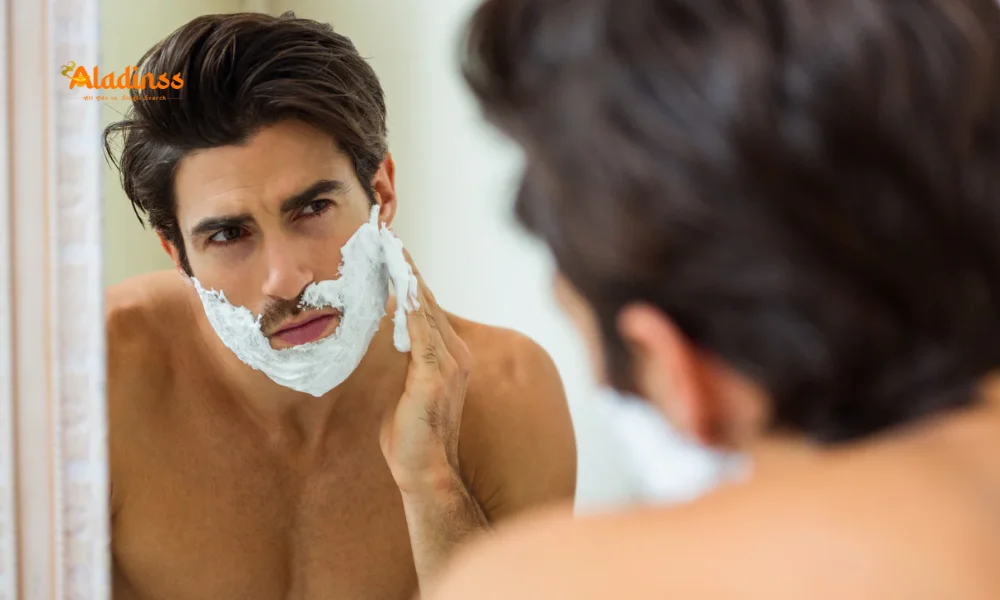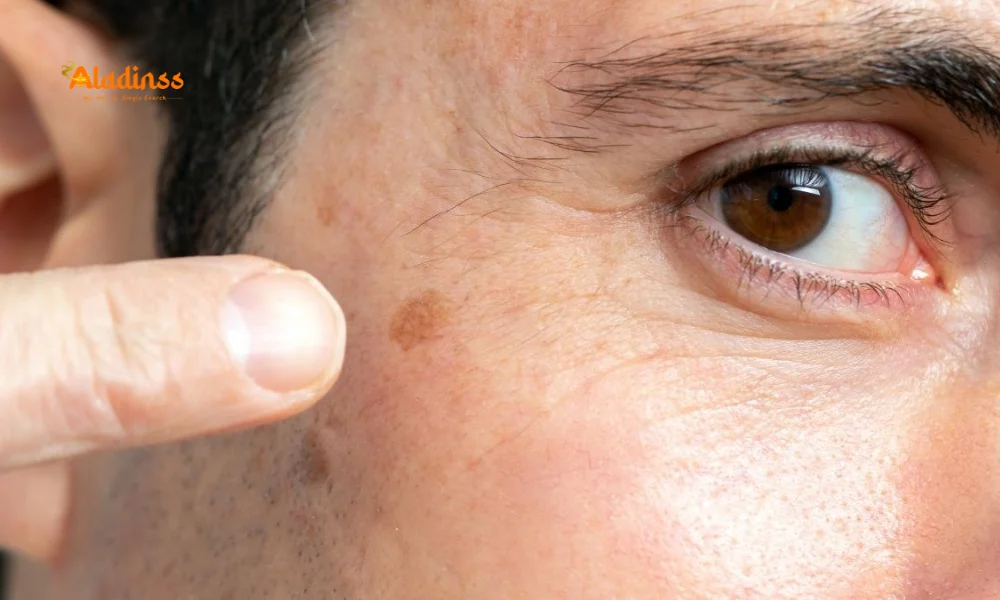Dangers of Prolonged Headphone Use in 2025
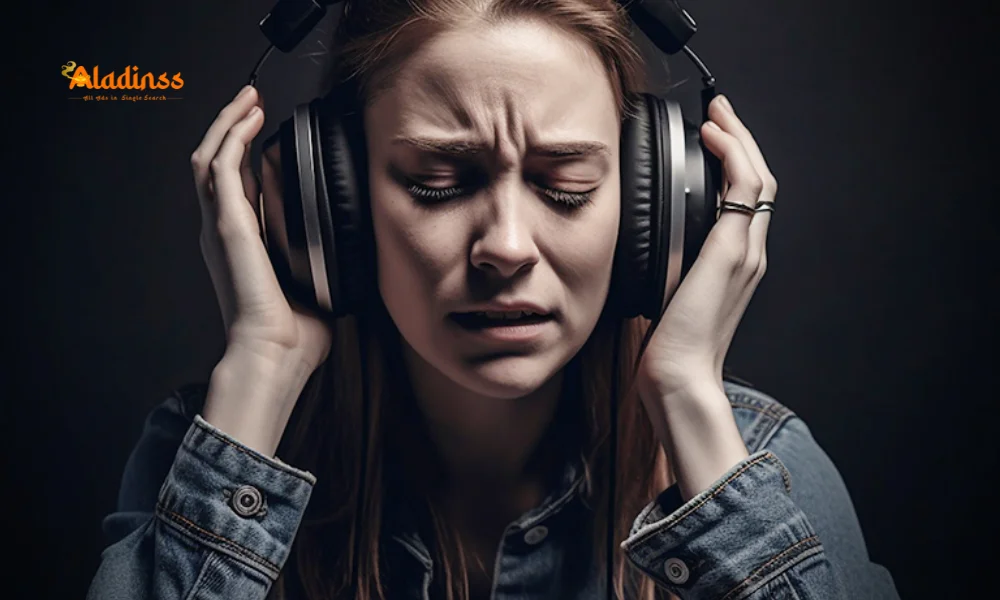
Dangers of Prolonged Headphone Use: Must-Know Health Risks in 2025
Headphones have become an inseparable part of modern life, with people using them during commutes, workouts, or even while working. Whether on buses, trains, or at home, it’s rare to see someone without earbuds or headphones. While they offer convenience and entertainment, prolonged use, especially at high volumes, can pose serious health risks. From hearing loss to heart problems, headaches, and increased stress, the dangers of excessive headphone use are often overlooked. This article explores the hidden risks of prolonged headphone use and provides practical tips to protect your health while enjoying your favorite audio content in 2025.
Hearing Loss: A Silent Threat from High-Volume Listening

One of the most significant risks of prolonged headphone use is hearing loss. Listening to music or audio at high volumes through headphones can damage the delicate structures of the inner ear over time. The sound waves generated by headphones directly impact the eardrum, potentially causing temporary or permanent hearing impairment. According to the World Health Organization (WHO), exposure to sounds above 85 decibels for extended periods can lead to noise-induced hearing loss. Many headphones, especially when used at maximum volume, exceed this threshold, putting users at risk.
Symptoms of hearing damage may include ringing in the ears (tinnitus), difficulty hearing high-pitched sounds, or a feeling of muffled hearing. To protect your ears, follow the 60/60 rule: keep the volume below 60% of the maximum and limit usage to 60 minutes at a time. Taking breaks and using noise-canceling headphones to reduce the need for high volumes in noisy environments can also help safeguard your hearing health.
Heart Health Risks from Prolonged Headphone Use
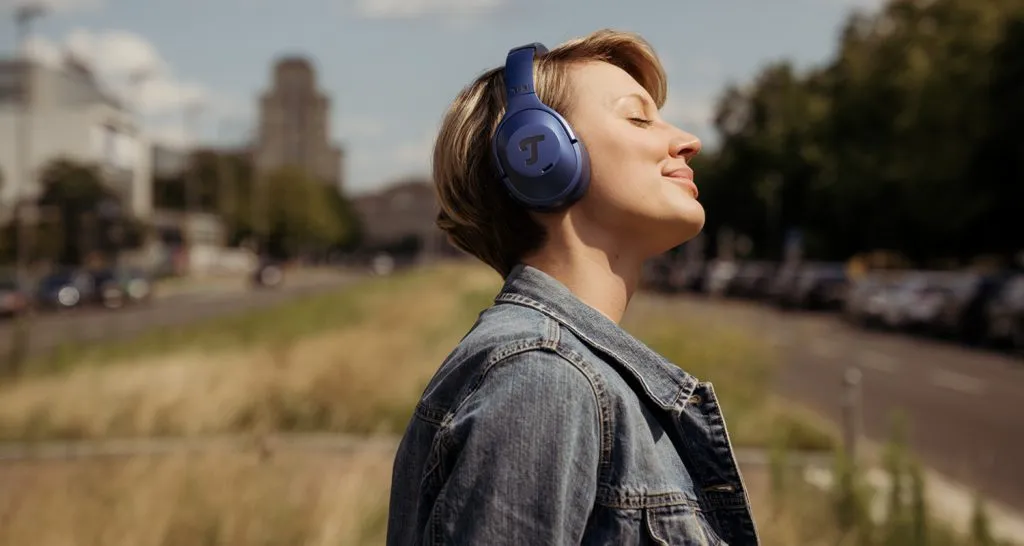
Surprisingly, prolonged headphone use may also affect your heart health. Listening to loud music for extended periods can increase heart rate and blood pressure, putting stress on the cardiovascular system. The constant stimulation from high-volume audio can trigger the body’s stress response, leading to elevated cortisol levels. Over time, this can contribute to heart-related issues, such as hypertension or irregular heartbeats, particularly in individuals with pre-existing conditions.
To minimize these risks, avoid using headphones for long, uninterrupted sessions. Take regular breaks to allow your body to relax and maintain a moderate volume level. Opt for over-ear headphones instead of earbuds, as they distribute sound more evenly and may reduce direct pressure on the eardrum. Monitoring your heart rate during prolonged headphone use, especially during workouts, can also help you stay aware of any unusual changes.
Headaches and Migraines: The Brain Connection
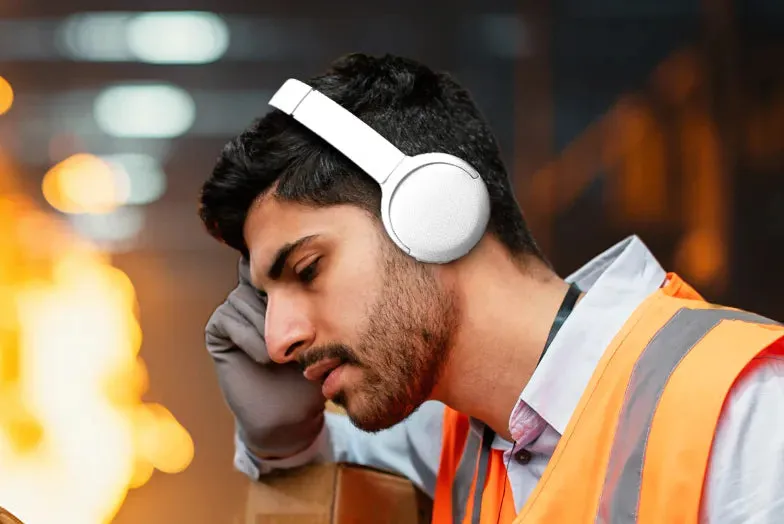
Headphones, especially those used for extended periods, can contribute to headaches and migraines. The electromagnetic waves emitted by wireless headphones, combined with the pressure from tight headbands or poorly fitting earbuds, can strain the brain and surrounding muscles. Prolonged exposure to loud sounds also overstimulates the auditory nerves, potentially triggering tension headaches or migraines in sensitive individuals.
To reduce the risk of headaches, choose headphones with adjustable headbands and cushioned earpads for comfort. Limit usage to shorter sessions, ideally no more than 1–2 hours at a time, and take breaks to rest your ears and head. If you experience frequent headaches, consider switching to wired headphones to minimize exposure to electromagnetic waves or consult a healthcare professional to rule out other underlying causes.
Stress and Tension: The Hidden Impact of Headphones
Many people use headphones to listen to music or podcasts as a way to relieve stress, but prolonged use can have the opposite effect. Research suggests that extended exposure to loud audio through headphones can overstimulate the brain, leading to increased stress and tension. The constant barrage of sound, especially in noisy environments where users may turn up the volume to compensate, can disrupt the body’s natural relaxation mechanisms, causing mental fatigue and anxiety.
To use headphones without increasing stress, practice moderation. Alternate between listening to music and enjoying periods of silence to give your brain a break. Opt for calming audio, such as instrumental music or nature sounds, at a low volume to promote relaxation. Mindfulness techniques, like deep breathing during breaks, can also counteract the tension caused by prolonged headphone use.
Tips for Safe Headphone Use
To enjoy headphones safely, adopt these practical tips. First, adhere to the 60/60 rule to protect your hearing: keep the volume below 60% and limit sessions to 60 minutes. Second, choose high-quality headphones with noise-canceling features to reduce the need for high volumes in noisy environments. Third, clean your headphones regularly to prevent bacterial buildup, which can cause ear infections. Use a soft cloth and mild disinfectant to wipe down earpads and earbuds after each use.
Additionally, take regular breaks every hour to rest your ears and reduce strain on your brain and heart. If you use wireless headphones, keep them away from your head when not in use to minimize exposure to electromagnetic waves. Finally, pay attention to your body’s signals—if you experience discomfort, headaches, or ringing in the ears, reduce usage and consult a healthcare professional. These simple habits can help you enjoy your headphones without compromising your health.
Choosing the Right Headphones for Your Health
The type of headphones you use can significantly impact your health. Over-ear headphones are generally safer than earbuds, as they don’t sit directly in the ear canal and reduce the intensity of sound waves reaching the eardrum. Look for headphones with adjustable volume limits to prevent accidental exposure to high decibels. Noise-canceling headphones are also a great choice, as they allow you to listen at lower volumes in noisy environments like public transport.
When selecting headphones, prioritize comfort and fit. Choose models with soft, breathable earpads and lightweight designs to avoid pressure on the head and ears. If you prefer earbuds, opt for those with multiple ear tip sizes to ensure a secure, comfortable fit. Investing in high-quality headphones designed with health and safety in mind can make a significant difference in reducing the risks associated with prolonged use.
Long-Term Strategies for Healthy Audio Habits
Building healthy audio habits is essential for minimizing the risks of headphone use. Start by monitoring your daily listening time and setting limits to avoid overuse. Apps and devices with built-in volume limiters or usage trackers can help you stay within safe boundaries. Incorporate regular ear health checkups with an audiologist to detect early signs of hearing damage, especially if you use headphones frequently.
Diversify your audio consumption by alternating between headphones and speakers to give your ears a break. When possible, listen to audio in a quiet environment to avoid the temptation to increase the volume. Practicing mindfulness and stress-reduction techniques, such as meditation or yoga, can also help counteract the tension caused by prolonged headphone use. By adopting these strategies, you can enjoy your favorite music or podcasts while prioritizing your long-term health.
Comment / Reply From
No comments yet. Be the first to comment!


